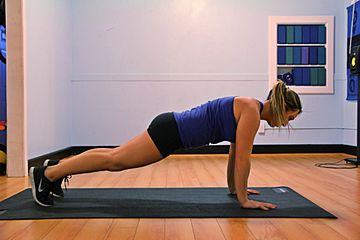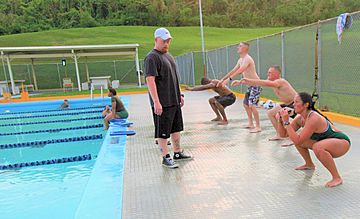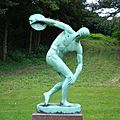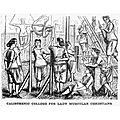Physical fitness facts for kids
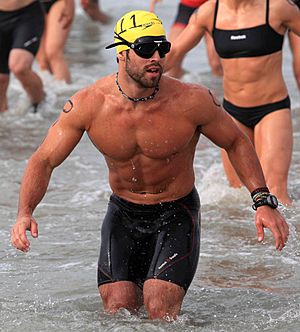
Physical fitness is the ability to be physically active. A person is physically fit if he or she can pass tests designed to measure physical performance. Such tests are necessary for some occupations, such as soldiers and firefighters.
Physical fitness has two components: general fitness (a state of health and well-being) and specific fitness (the ability to perform specific aspects of sports or occupations).
Contents
Components of physical fitness
The President's Council on Physical Fitness and Sports — a study group sponsored by the United States Government — declines to offer a simple definition of physical fitness. Instead, it developed the following chart:
| Physiological | Health related | Skill related | Sports |
|---|---|---|---|
| Metabolic | Body composition | Agility | Team sport |
| Morphological | Cardiovascular fitness | Balance | Individual |
| Bone integrity | Flexibility | Coordination | Lifetime |
| Other | Endurance | Power | Other |
| Muscle strength | Speed | ||
| Reaction time | |||
| Other |
Health related components: those factors that are related to how well the systems of your body work.
Body composition is the relative percentage of body fat compared to lean body mass (muscle, bone, water,etc)
Cardiovascular fitness: the ability of the circulatory system (heart and blood vessels) to supply oxygen to working muscles during exercise.
Flexibility: the range of movement possible at various joints.
Accordingly, a general-purpose physical fitness program must address those issues.
Ancient icons of physical fitness
-
Heracles, the greatest hero of Greek mythology. Statue in Napoli.
-
Discus throwing, one of the original Ancient Greek Olympic sports. The statue is located in Copenhagen.
Related pages
Images for kids
-
Playing sports such as lawn tennis is a common way to maintain/improve physical fitness. Image shows international tennis player Barbora Strycova.
See also
 In Spanish: Fitness para niños
In Spanish: Fitness para niños


